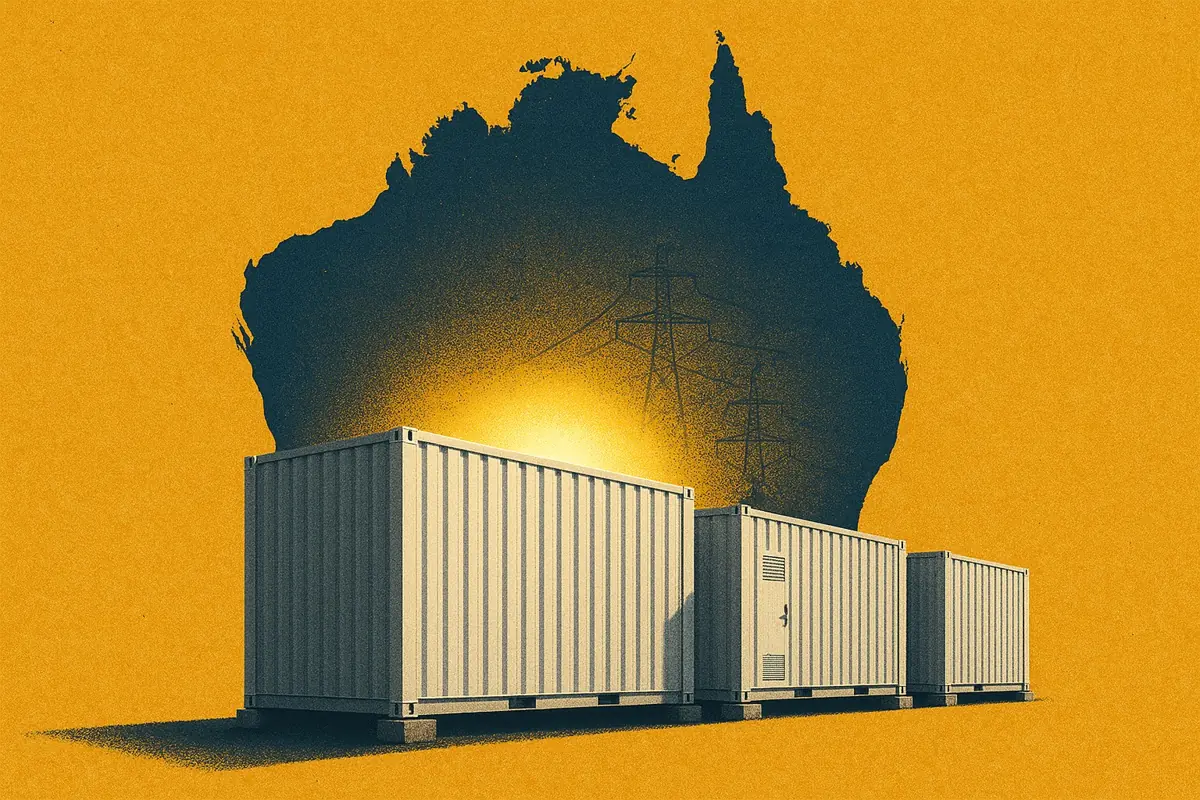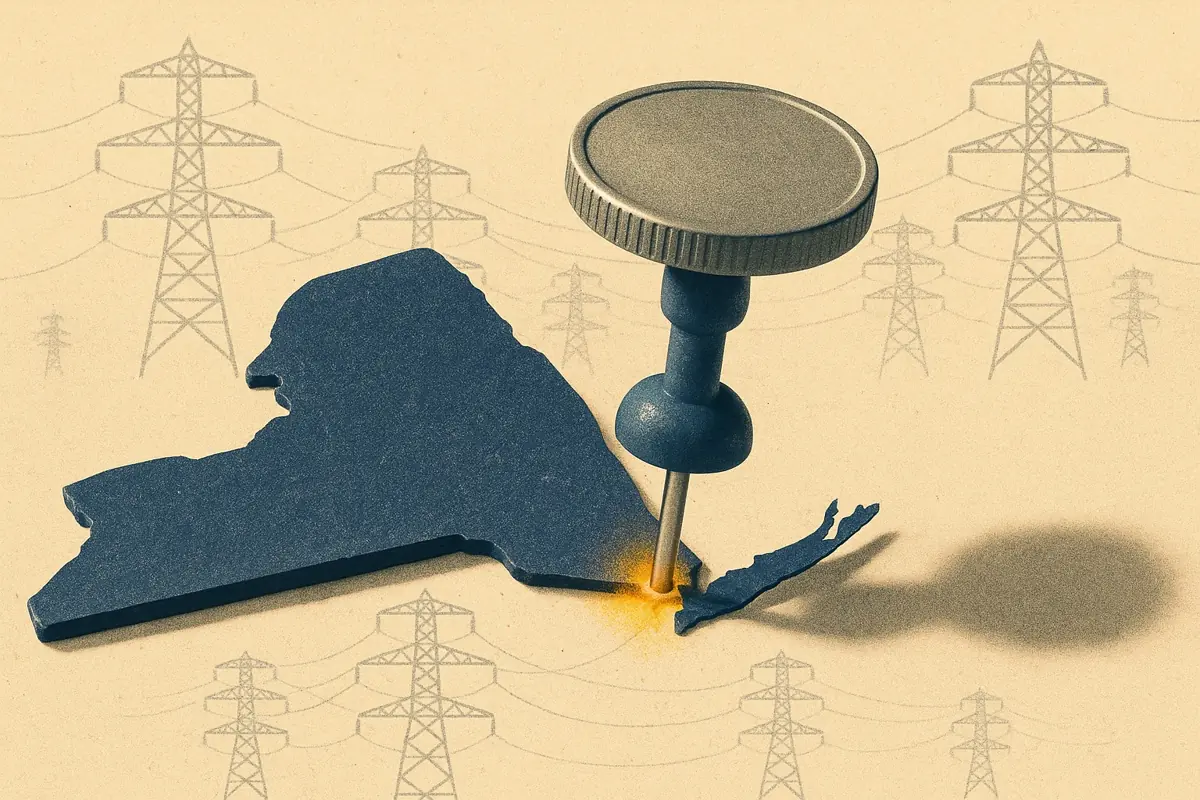Modo Energy’s Indices have become a key reference for battery energy storage performance globally. Since launching Great Britain’s first battery benchmark in 2022, Modo Energy has expanded into the United States - helping owners, operators, and financiers benchmark performance, track revenue trends, and evaluate operations with confidence.
Now, we’re bringing that same transparency to Australia’s National Electricity Market (NEM).
Today, we’re launching the ME BESS AUS NEM Index - providing a standardised, independent benchmark for revenues and operations across the NEM.
What is the ME BESS AUS NEM Index?
Australia’s battery energy storage sector is expanding rapidly, with 16 GW of new projects in the pipeline over the next three years. As the market grows, navigating revenue opportunities, market volatility, and operational performance is becoming increasingly complex.
The ME BESS AUS NEM Index captures the real-world performance of grid-scale battery storage - tracking revenues across all merchant revenue streams at a five-minute granularity.
In 2024, the ME BESS AUS NEM Index shows that grid-scale battery storage in the NEM earned an average of $148,000/MW, a 45% increase from 2023. For a more detailed breakdown of these trends and their impact on battery revenues, read our full 2024 BESS revenue analysis here.
Analysing the NEM Index in The Modo Energy Terminal
Battery energy storage operations and revenues in the NEM are constantly changing, day to day. The Modo Energy Terminal provides the tools needed to turn Index data into actionable insights, helping users:
- track battery performance across the market;
- understand how different services contribute to revenues;
- and identify how market trends and volatility can impact BESS operations.

The Index Breakdown offers granular, asset-level insights - helping users understand what is driving revenues and shaping the Index over time.
Asset-level insights - understanding individual battery performance
Use the Asset Library to explore all operational batteries in the market - and drill down into individual asset performance.
Get a clearer picture of how specific batteries operate, where their revenue comes from, and how they respond to market conditions.

Beyond revenues, you can also view insights into battery cycling and dispatch behaviour - so you can assess efficiency, degradation, and real-world operational trends.
Methodology: How we built the ME BESS AUS NEM Index
At Modo Energy, we treat methodology like code—robust, reliable, and repeatable. The ME BESS AUS NEM Index is built using transparent, standardised calculations, ensuring consistency, accuracy, and reproducibility.
Capturing revenues at a five-minute granularity
Just like the NEM itself, the Index is calculated at five-minute intervals. This way, you can view the full range of revenue streams available to grid-scale battery energy storage. These include:
- Energy trading revenues, based on interpolated five-minutely SCADA data.
- Frequency response revenues, covering all 10 FCAS services.
- The application of Marginal Loss Factors (MLFs), based on the latest available data from AEMO.
The impact of Marginal Loss Factors (MLFs)
Every grid-scale battery in the NEM is subject to export and import Marginal Loss Factors, which directly affect the prices it receives. These range from 1.0+ in high-demand areas, to as low as 0.85 in regions with high generation.
The Index incorporates MLFs in all revenue calculations, ensuring an accurate reflection of real-world market conditions. In 2024, the average cost from MLFs was $3.2k/MW/year, though some batteries faced MLF costs that were 5-10x higher than this.
Explore the full methodology
For a detailed breakdown of our approach - including data sources, assumptions, and validation steps - read our full methodology documentation here.








